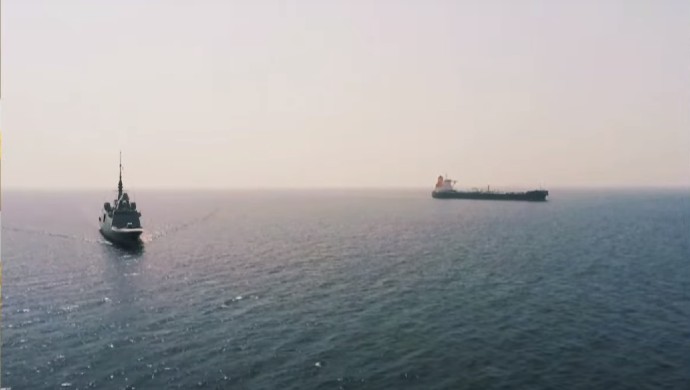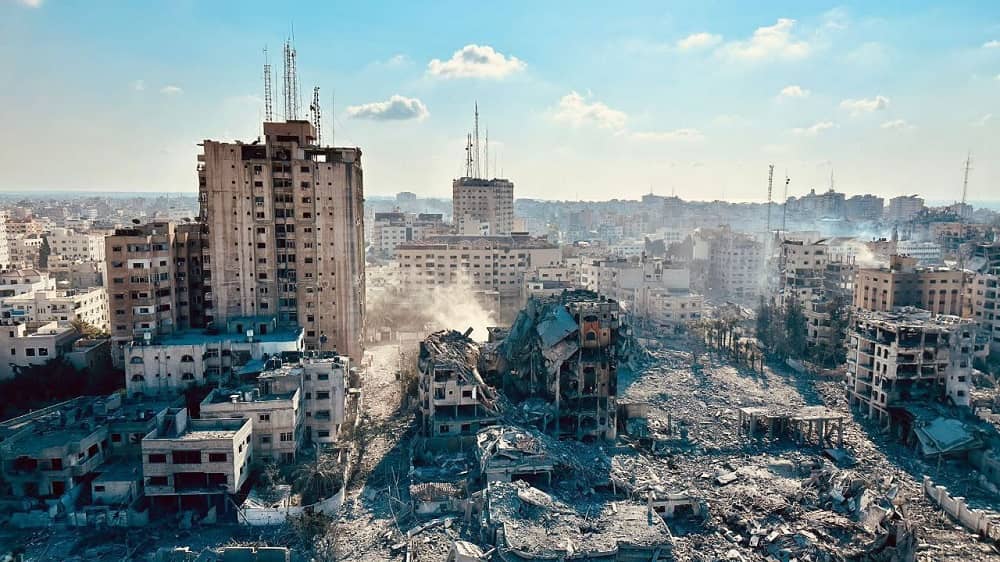
Since the beginning of the war in Gaza, Iran’s regime has been actively projecting its power through terrorism while simultaneously portraying any retaliation as a precursor to disastrous war.
This manipulative strategy aims to solidify Tehran’s position as a regional power broker, compelling the West to make concessions. However, Iran’s actual capacity and willingness to engage in direct conflict with the West are questionable. This is evident in its reliance on proxy groups to perpetuate chaos on its behalf.
The National Council of Resistance of Iran (NCRI) cautions that appeasing Tehran’s regime only fuels more terrorism, interpreting leniency as weakness. On the flip side, history has shown that a firm policy is crucial in curbing Tehran’s aggression. This approach is not just a tactical choice, but a strategic imperative.
Its biggest concern remains the Iranian populace, which yearns for democratic change. The regime counters this internal dissent by stoking regional conflicts, using a network of terrorist proxies as its instruments.
The NCRI highlights that the regime’s strategy is to manage domestic dissent by attributing it to external enemies. While Tehran supports groups like the Houthis, Hezbollah, Hashd al-Shabi, and others, its true fear lies in the dissenting Iranian public.

Since its inception in 1979, the Iranian regime has clung to power through two primary means: internal suppression and external terrorism.
Supreme Leader Ali Khamenei’s assertion that confronting external enemies is essential to prevent internal conflicts further underscores this fear. The regime has consistently used the guise of external threats to suppress internal opposition, as seen during the Iran-Iraq war.
This ambiguity reflects Iran’s reluctance to directly confront Western powers. The regime is aware of its limited military capability and the risk such a confrontation poses to its internal control.
The NCRI points out that decisive actions against Tehran’s provocations have not led to war, but rather compelled the regime to reconsider its tactics. The killing of Qassem Soleimani, a key figure in Iran’s terrorist operations, is a prime example. The regime’s response was more subdued than its initial threats, indicating a reluctance for direct military confrontation.

Post the October 7 attacks on Israel, Iranian officials have been inconsistent in their statements, simultaneously claiming and denying involvement.
This pattern suggests that Iran’s regime avoids risking direct conflict with Western military forces. Its actions are guided more by a survival strategy, focusing on internal vulnerabilities rather than a desire for global or regional dominance.
In conclusion, the NCRI emphasizes the importance of understanding Tehran’s actions as part of a survival strategy, rooted in internal challenges rather than global ambitions. The West needs a nuanced and comprehensive approach, recognizing that decisiveness against Tehran’s aggression is effective and that the ultimate power balance hinges on the struggle between the regime and the Iranian people’s resistance movement.

MEK Iran (follow us on Twitter and Facebook), Maryam Rajavi’s on her site, Twitter & Facebook, NCRI (Twitter & Facebook), and People’s Mojahedin Organization of Iran – MEK IRAN – YouTu
